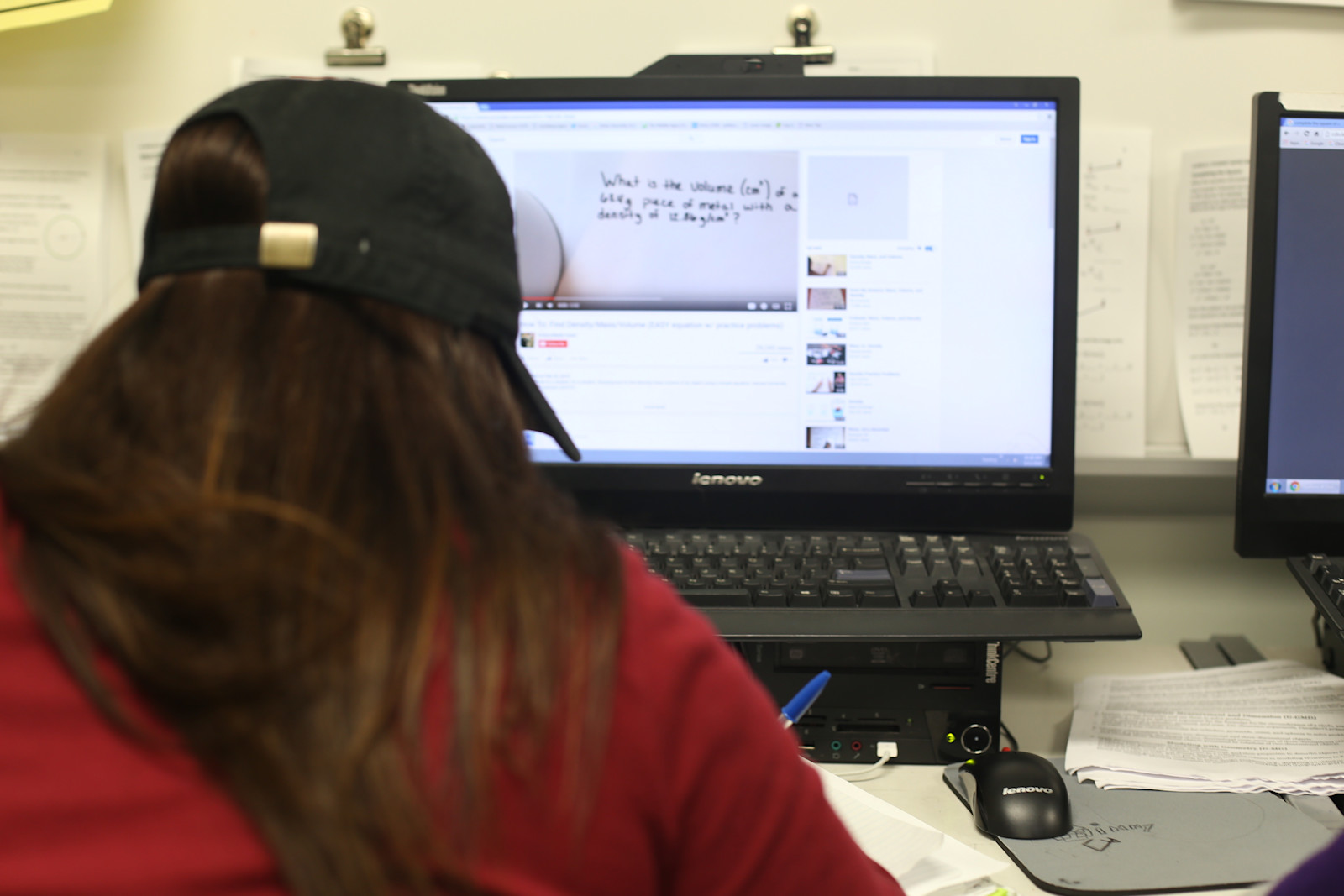Why NYC Needs a Virtual Public School

Originally published in the New York Daily News.
Gov. Cuomo has enlisted the Gates Foundation to do a statewide reimagining of public education in light of what we’ve learned from the coronavirus pandemic. That will take time. Here’s an innovation we could implement right now: Create a citywide virtual school with full-time remote teachers offering a variety of high-quality online courses. Whether policymakers realize it or not, a good deal of the groundwork for creating this virtual school had been laid well before anyone ever heard of the coronavirus.
Here’s what it would look like and how it would work.
A virtual school must consist of a citywide remote learning platform overseen by the Department of Education centrally, not left to local schools or districts. By centralizing operations, officials can closely monitor the quality of learning and teaching, refining the city’s own model responsively to its communities’ needs. A single citywide virtual school also makes professional training and technology investments more efficient. Once families, teachers and officials are comfortable with the virtual school model, schools and districts might well be able to support its operations directly.
Such a virtual school would require teams of dedicated remote teachers. As the pandemic is revealing, remote teaching requires some different skills in curriculum design, instruction and learning assessment than in traditional face to face settings. A teacher can excel in the classroom while floundering online. And vice versa. Remote teaching is its own professional subfield. It merits a dedicated teaching and training force, preparation for which needs to start as soon as possible.
Further, high-quality digital curricula and assessments are also necessary. In the current response to the pandemic, teachers are admirably using whatever digital resources they can find or create for students, which they post to places like Google Classroom. Neither the resources nor Google Classroom were intended for fully remote learning. A virtual school would offer curricular content and assessments that were designed specifically to be used in a remote platform (what the industry calls a learning management system, or LMS). This would ensure that teachers could better track student engagement, streamline communications, reporting and consolidate all remote learning into a single online space.
It is increasingly clear that future pandemic outbreaks (or a COVID-19 resurgence) will create scenarios where groups of students have to miss school for weeks or months in unpredictable ways. Creating a citywide virtual school can ensure that there is an instructional safety net always at the ready. If the city acts now, it can ensure that fewer students’ learning is interrupted in the future, whether in the case of communicable disease outbreaks, suspensions, safety transfers, medical leaves, or climate related disasters.
Importantly, a citywide virtual school also has value in non-emergency situations. It can be used to expand learning opportunities to all students — equitably. Courses can be offered in Advanced Placement, foreign languages, hard-to-enroll electives, credit recovery and more. In short, any student in the city who wants to take, for example, A.P. Computer Science, could do so — regardless of whether their local school offers it.
Establishing a citywide virtual school is not a distant dream. Both political will and resources already exist. When he announced the partnership with The Bill and Melinda Gates Foundation, Cuomo posed a series of questions related to the use of technology in education, including “virtual classrooms.” Further, the city has funded an online learning program called iLearnNYC for many years. iLearnNYC has a platform custom-built for City public schools to use for remote learning, catalogs of courses across grades and content areas, and teachers who have been trained for remote instruction. What’s more, the teachers union has already approved a current pilot that trains full-time remote teachers.
With the establishment of a citywide virtual school, overseen by a deputy chancellor of digital learning, it is just possible that our schools can emerge from this crisis in a better position to achieve equity in the 21st century than before the pandemic began.
Please Post Comments